About Us
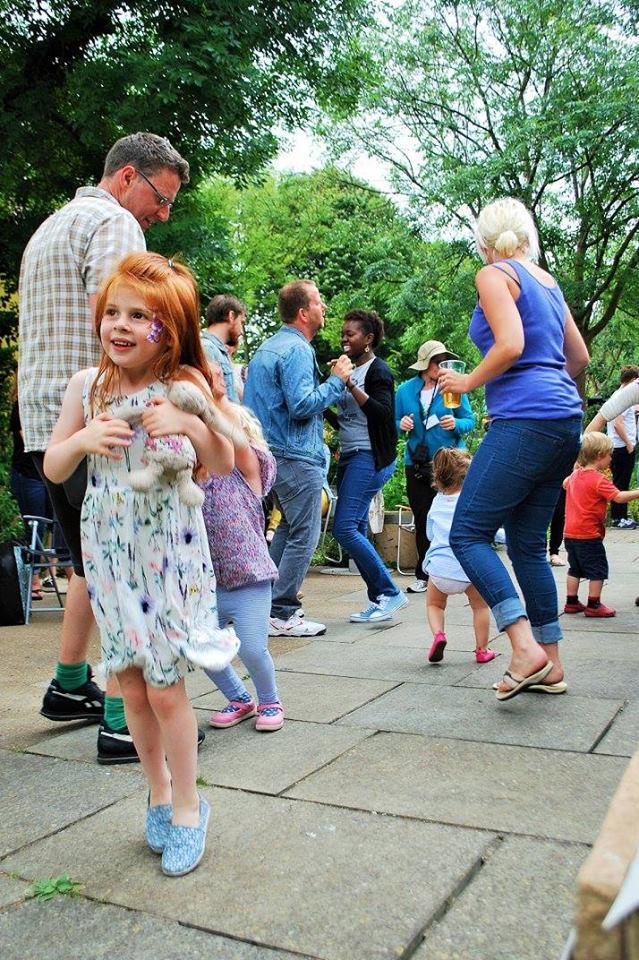
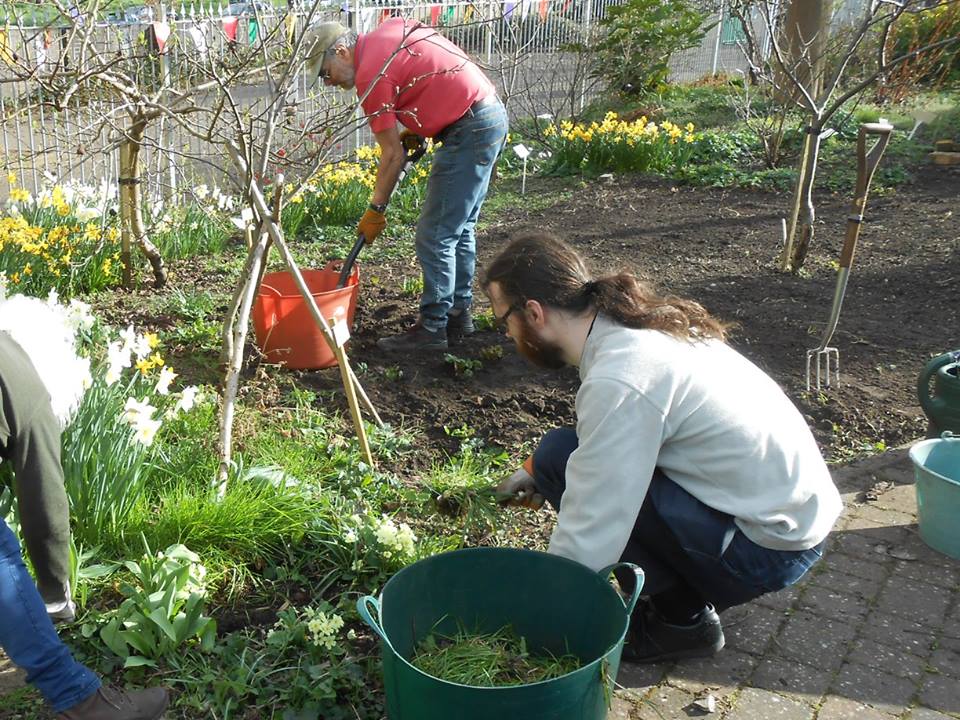
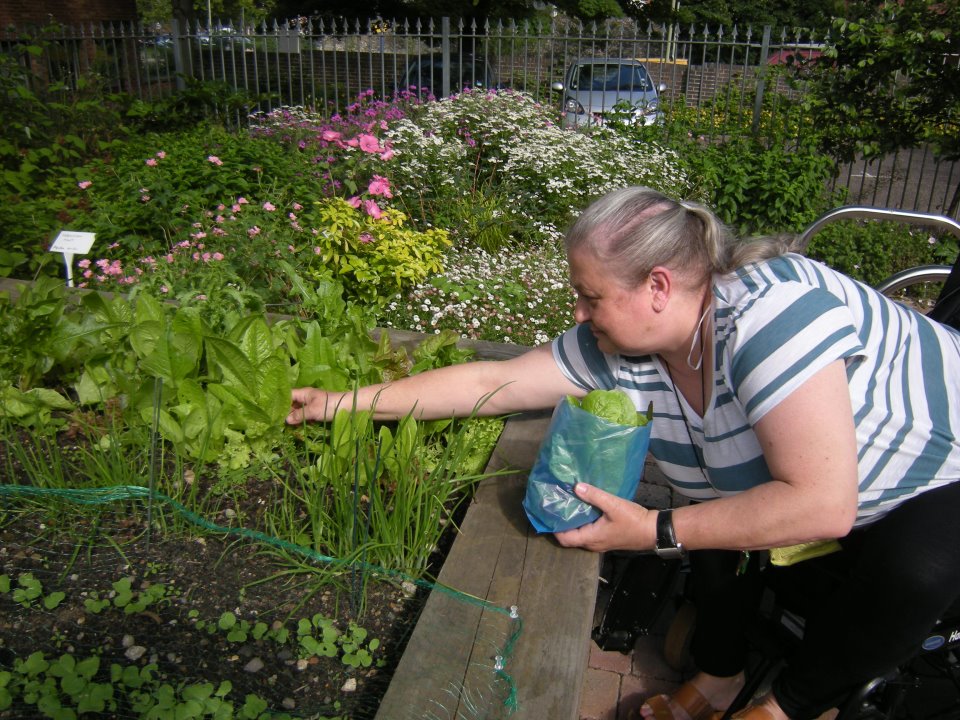
The Story of Grapes Hill Community Garden
Grapes Hill Community Garden is run by Grapes Hill Community Garden Group (GHCGG). We are a Registered Charity (No. 1156616). The group was set up in summer 2008 to convert a run-down disused area near Norwich city centre into a community garden. Our site, a 50 metre by 12 metre former play area, was covered in tarmac.
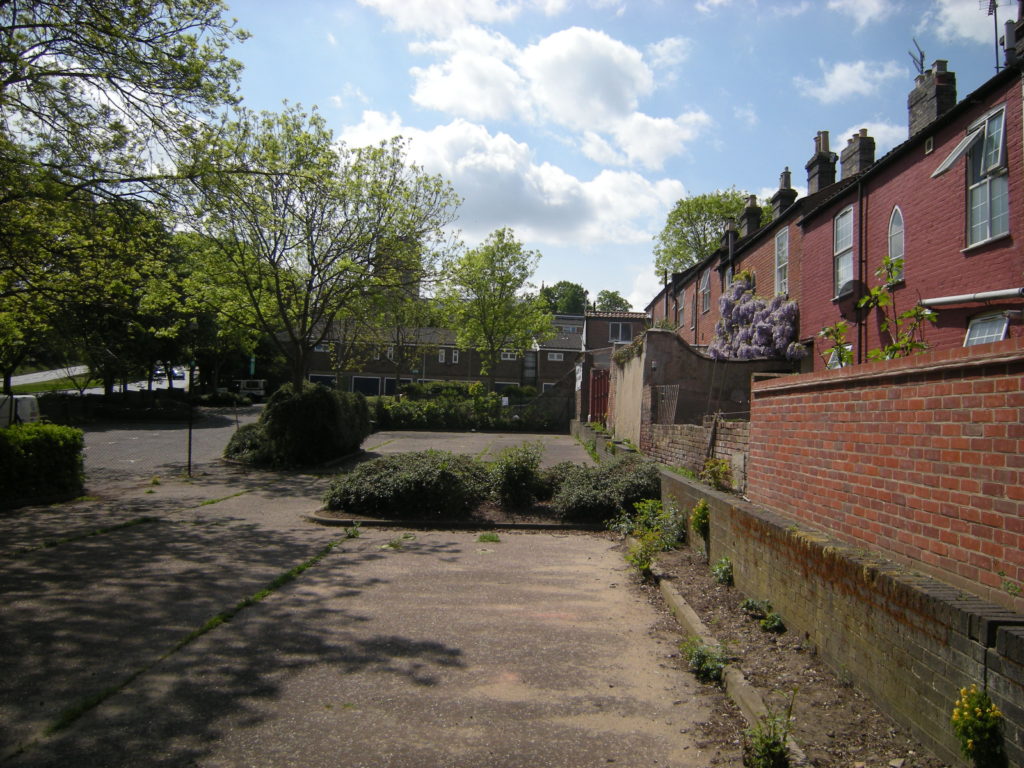


We spent 2009 and 2010 consulting the local community on the design of the garden and raising funds. £500 of lottery funding paid for an initial sketch of the garden by a Landscape Architect. Following further consultation with residents we were awarded a £50,000 in further lottery funding to pay for building the garden.
Garden construction work (hard landscaping) took place in late 2010, then we planted up the garden during the first half of 2011. We have added to the garden over the years, but most of the original features remain.
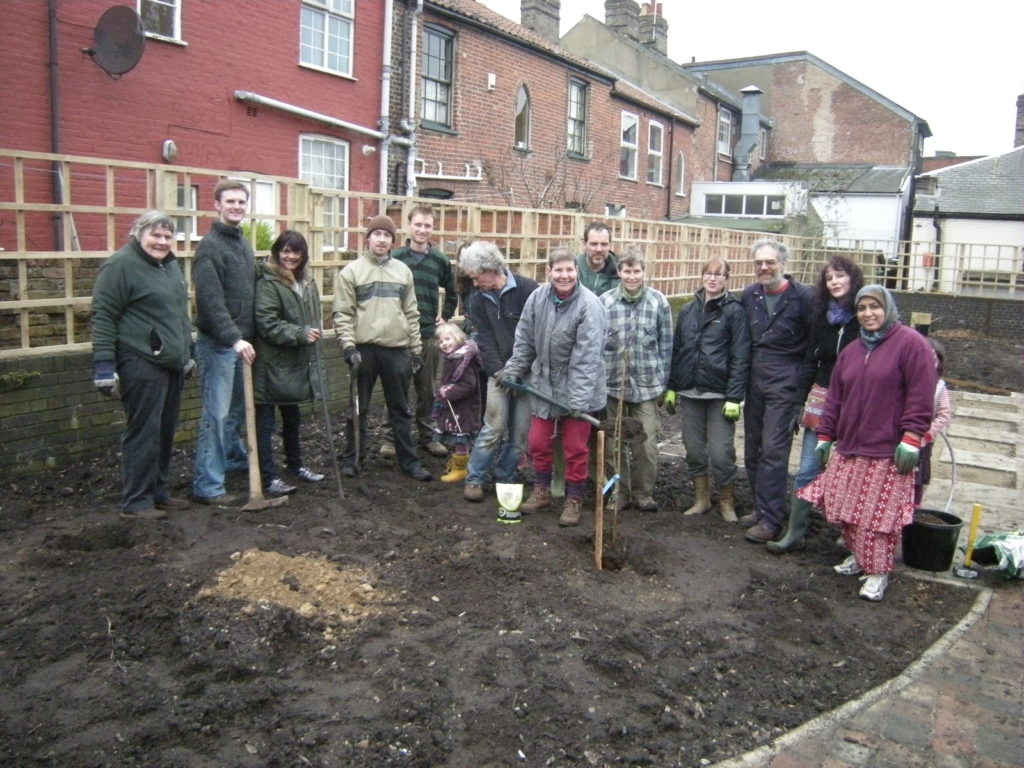
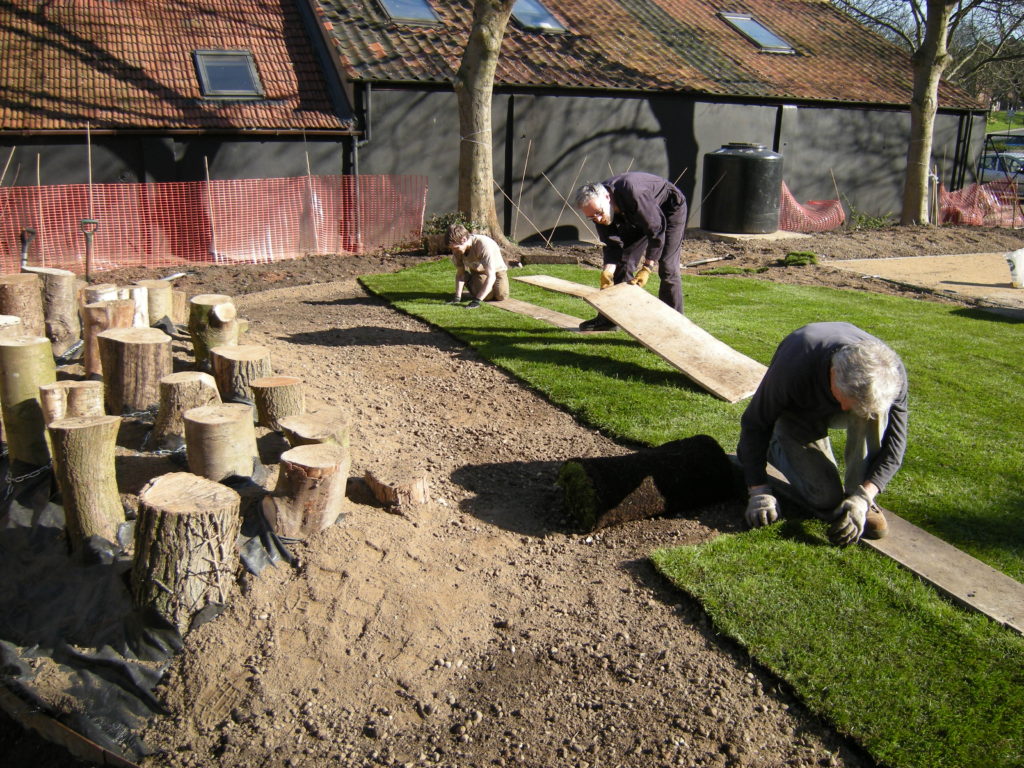
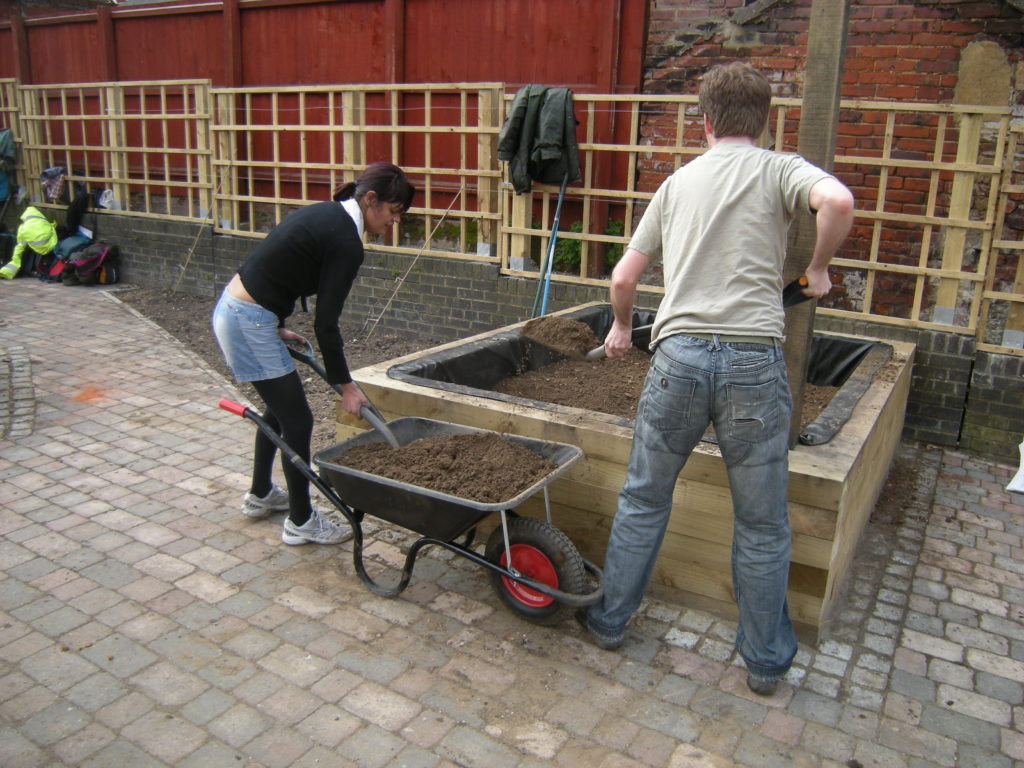
We retained the original four ash trees and these provide welcome shade in summer. In the shadier areas we planted woodland wildflowers. There are several seats and a lawn area where visitors can relax and enjoy the garden. The garden also features a number of interesting sculptures by local artists.
The garden contains a large number of edible plants, including fruit trees and bushes, herbs and plants with edible flowers. We have a small apple orchard, fan-trained cherries, a fig, a plum, an apricot, raspberries and blackberries. More unusual fruit includes quince and medlar trees, honeyberries, Japanese wineberries and alpine strawberries. In February 2013 we added four plum trees as a ‘Golding Place Mini-orchard’ just outside the garden.
The garden opened to the public for the first time on Saturday 2nd July 2011 and we celebrated with a Grand Opening Day on Sunday 7th August 2011.
We have nine deep beds, with access for wheelchair users. These are being rented to members of the local community for growing vegetables. In 2018 we added a greenhouse and extended the area being used to grow vegetables.
The original list of plants numbered over two hundred species. Partial replanting took place in October 2015.
